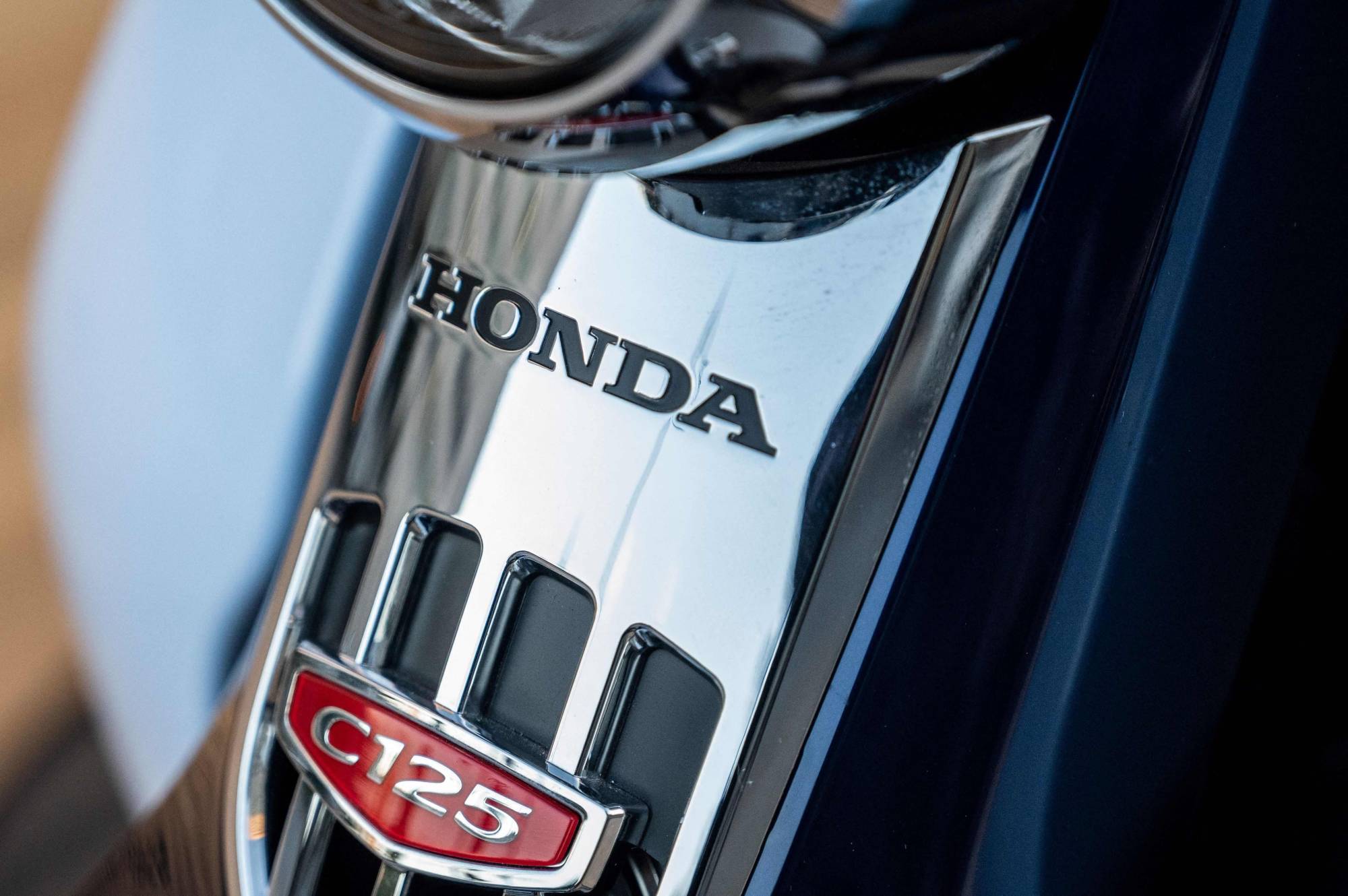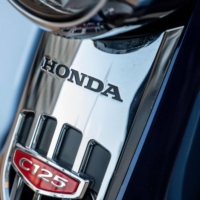Honda posted on Wednesday a 16% rise in second-quarter profit and lifted its full-year outlook, as better pricing, strong sales of motorcycles and a weak yen helped it ride out semiconductor shortages.
While Japanese automakers, like many of their overseas rivals, have been hit by shortages of chips and supply chain snarls, Honda has been helped by robust performance in its motorcycle business, particularly in Asia.
The company also said it was helped by pricing that reflected its "increased product value" and by reducing consumer incentives.
The automaker raised its forecasts "to reflect our efforts to further improve profitability, higher automobile sales volume and the impact of the yen's depreciation," Honda Executive Vice President Kohei Takeuchi said during a results briefing.
Still, he noted, there were plenty of pressures, including inflation.
Operating profit totaled ¥231.2 billion ($1.59 billion) in the three months to end-September, short of the average estimate of ¥243.3 billion in a poll of 10 analysts by Refinitiv. The same period a year earlier, the company earned ¥198.9 billion.
Honda raised its full-year operating profit forecast to ¥870 billion from ¥830 billion for the year ending March 31, mainly helped by weak yen. That compares with a ¥922.05 billion average forecast by 24 analysts.
The automaker was forced to consistently cut vehicle production at two domestic factories as COVID-19 outbreaks and semiconductor shortages caused delays in parts shipments. Production of its Vezel sport-utility vehicle, Stepwgn minivan and Civic compact car were all hit.
Its global vehicle production for the first six months of the financial year was down 6.1% year on year while domestic production was up 5.5%.




















With your current subscription plan you can comment on stories. However, before writing your first comment, please create a display name in the Profile section of your subscriber account page.